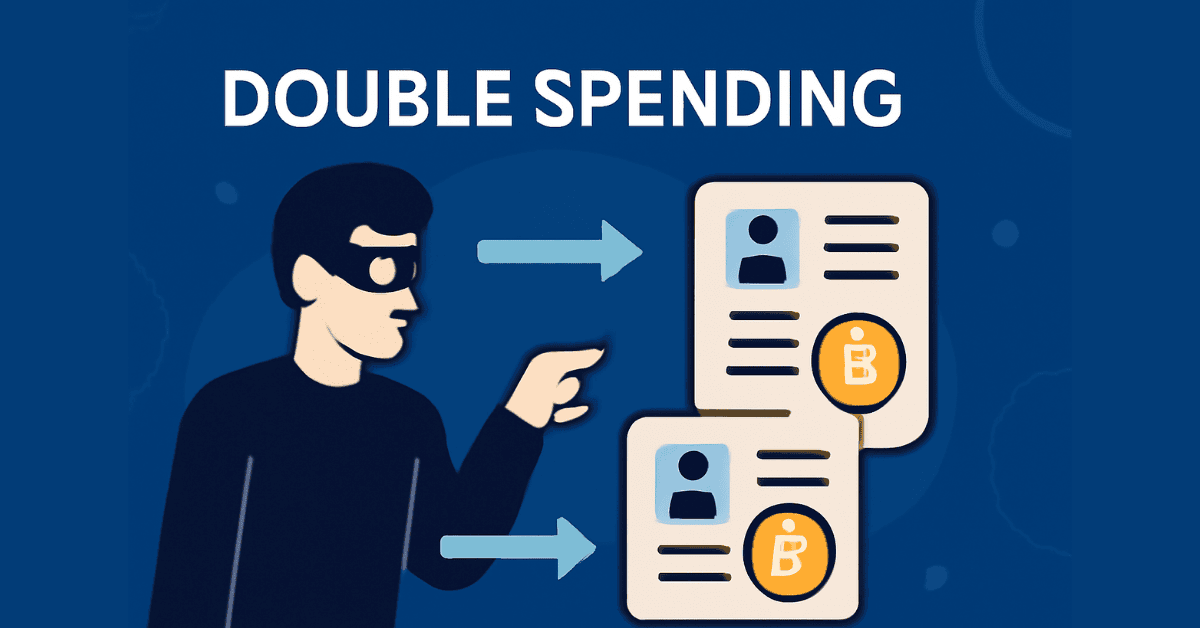
The Risk of Double Spending in Crypto and How to Prevent It
1. What is Double Spending?
Double Spending is the risk of spending the same amount of money twice within a blockchain network, where an attacker uses one source of funds for multiple transactions. The goal of the attacker is to ensure that their original funds are not depleted during transactions. However, exploiting this vulnerability requires the attacker to have validation rights, such as being a node, miner, or validator within the blockchain network. This makes double spending rare on larger blockchains like Bitcoin and Ethereum.
2. How Does Double Spending Occur?
Double spending happens when a transaction is not immediately confirmed, and the attacker uses the waiting time to create a new transaction from the same funds. The process involves broadcasting both the original transaction and a second transaction to the blockchain network, allowing both to exist simultaneously. While blockchain has mechanisms like Proof of Work to prevent this, it can still happen if an attacker controls the majority of the network’s computational power.
3. Types of Attacks that Lead to Double Spending
There are several types of attacks that exploit the double spending vulnerability:
-
51% Attack: When an individual or group controls over 50% of the network's computational power, they can manipulate transactions and write them into the blockchain.
-
Race Attack: The attacker sends two transactions, one unconfirmed and another designed to “trick” the system.
-
Finney Attack: A miner creates a fake block and replaces a valid transaction with a fraudulent one.
4. Methods to Prevent Double Spending
To prevent double spending, large blockchains use mechanisms like Proof of Work and other security protocols to validate transactions. Users should ensure they only accept transactions that have been confirmed, for example, by waiting for at least 6 blocks on the Bitcoin network. Cryptocurrency wallets and exchanges such as Coin98 Wallet and Binance also have systems in place to warn users about unconfirmed transactions to protect them.